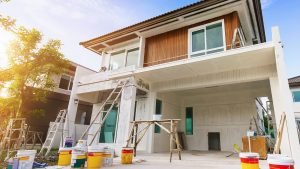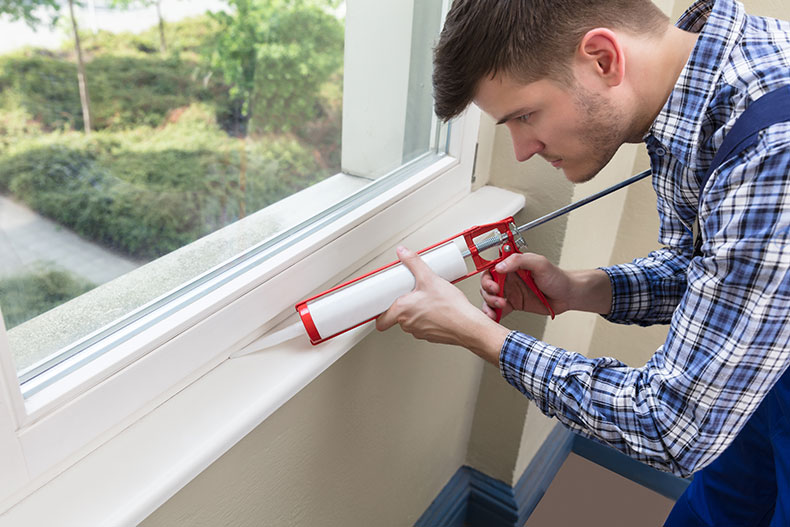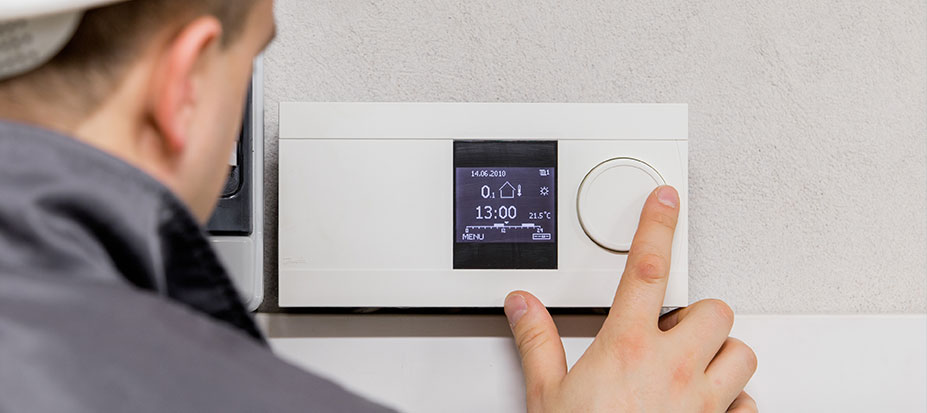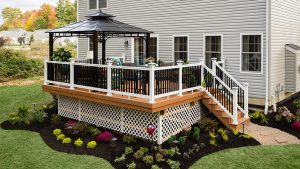

Making your older home more eco-friendly can seem like a daunting task, but it doesn’t have to be. By making small changes and implementing sustainable practices, you can reduce your carbon footprint, save money on energy bills, and create a healthier living environment for you and your family. Here’s a step-by-step guide to help you get started:
Step 1: Assess Your Energy Use
The first step in making your home more eco-friendly is to assess your current energy use. This can be done by keeping track of your energy bills or using a smart meter to monitor your usage. This information will give you a baseline to work from and help you identify areas where you can make improvements.

Step 2: Seal Air Leaks
One of the biggest sources of energy waste in older homes is air leaks. These occur when air is able to escape from your home, leading to increased heating and cooling costs. To address this, you can use weather stripping, caulk, and foam sealant to close up any gaps or cracks in your windows, doors, and other areas of your home.
Step 3: Insulate Your Home
Proper insulation is key to keeping your home warm in the winter and cool in the summer. If your home is poorly insulated, heat and air conditioning will escape through the walls and roof, making your HVAC system work harder and increasing your energy costs. Consider adding insulation to your attic, walls, and floors to improve your home’s energy efficiency.

Step 4: Switch to Energy-Efficient Light Bulbs
Making the switch to energy-efficient light bulbs, such as LED or CFL bulbs, is an easy way to reduce your energy consumption. These bulbs use less energy and last longer than traditional incandescent bulbs, making them a cost-effective and eco-friendly choice.
Step 5: Invest in Energy-Efficient Appliances
Older appliances can be significant energy wasters. Consider upgrading to Energy Star certified appliances, which are designed to be more energy efficient and use less power than their older counterparts. This can include refrigerators, washing machines, and dishwashers.

Step 6: Install a Programmable Thermostat
A programmable thermostat can help you better manage your heating and cooling costs by allowing you to set specific temperatures for different times of the day. For example, you can set the thermostat to turn down the heat when you’re not at home or while you’re sleeping.
Step 7: Consider Renewable Energy Sources
Finally, consider investing in renewable energy sources, such as solar panels or wind turbines, to help reduce your reliance on fossil fuels. These sources of energy can provide clean, renewable power and help you save money on energy bills in the long run.
By following these steps, you can make your older home more eco-friendly and reduce your carbon footprint. With a little effort and investment, you can create a more sustainable and healthy living environment for you and your family.






